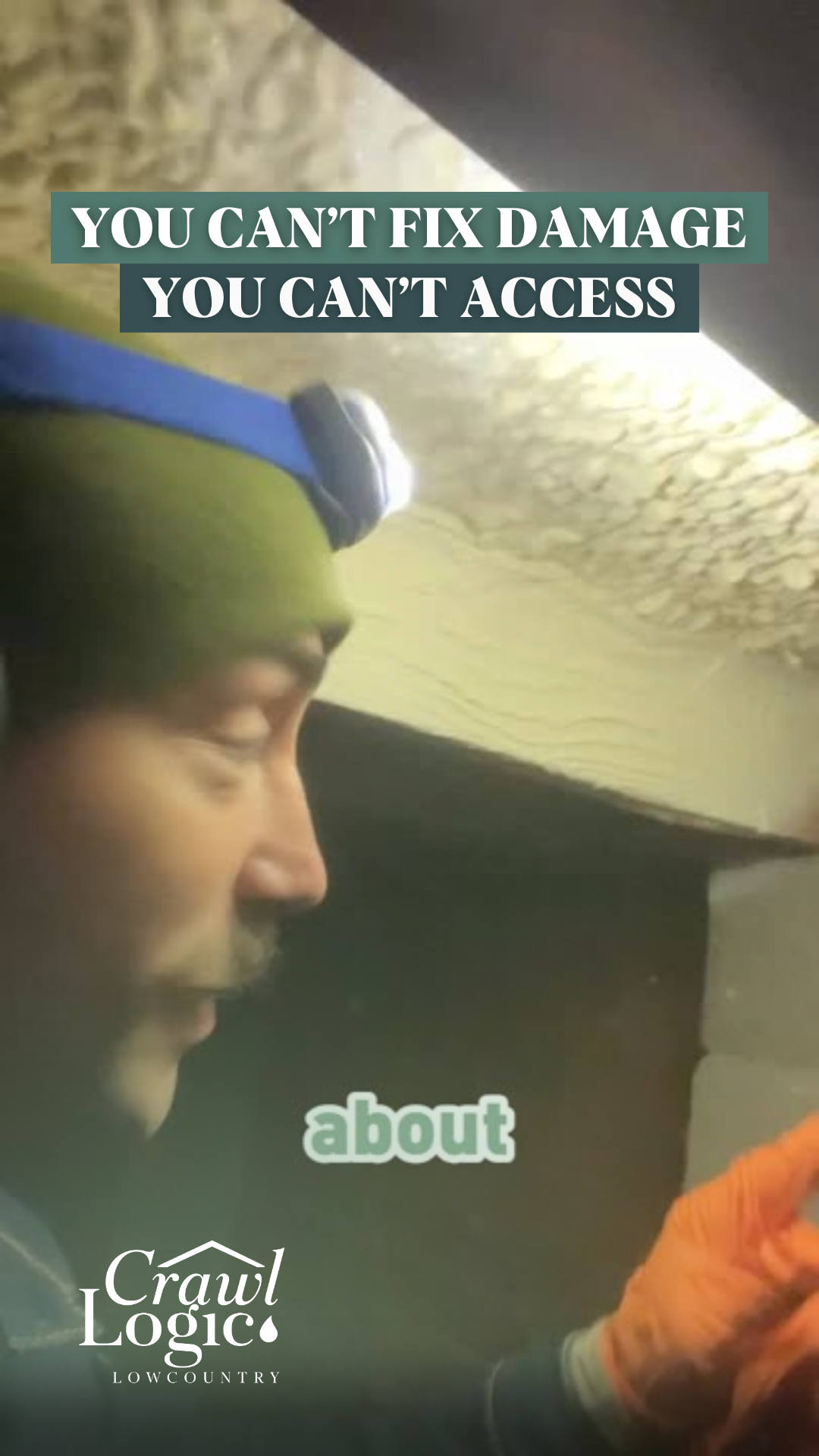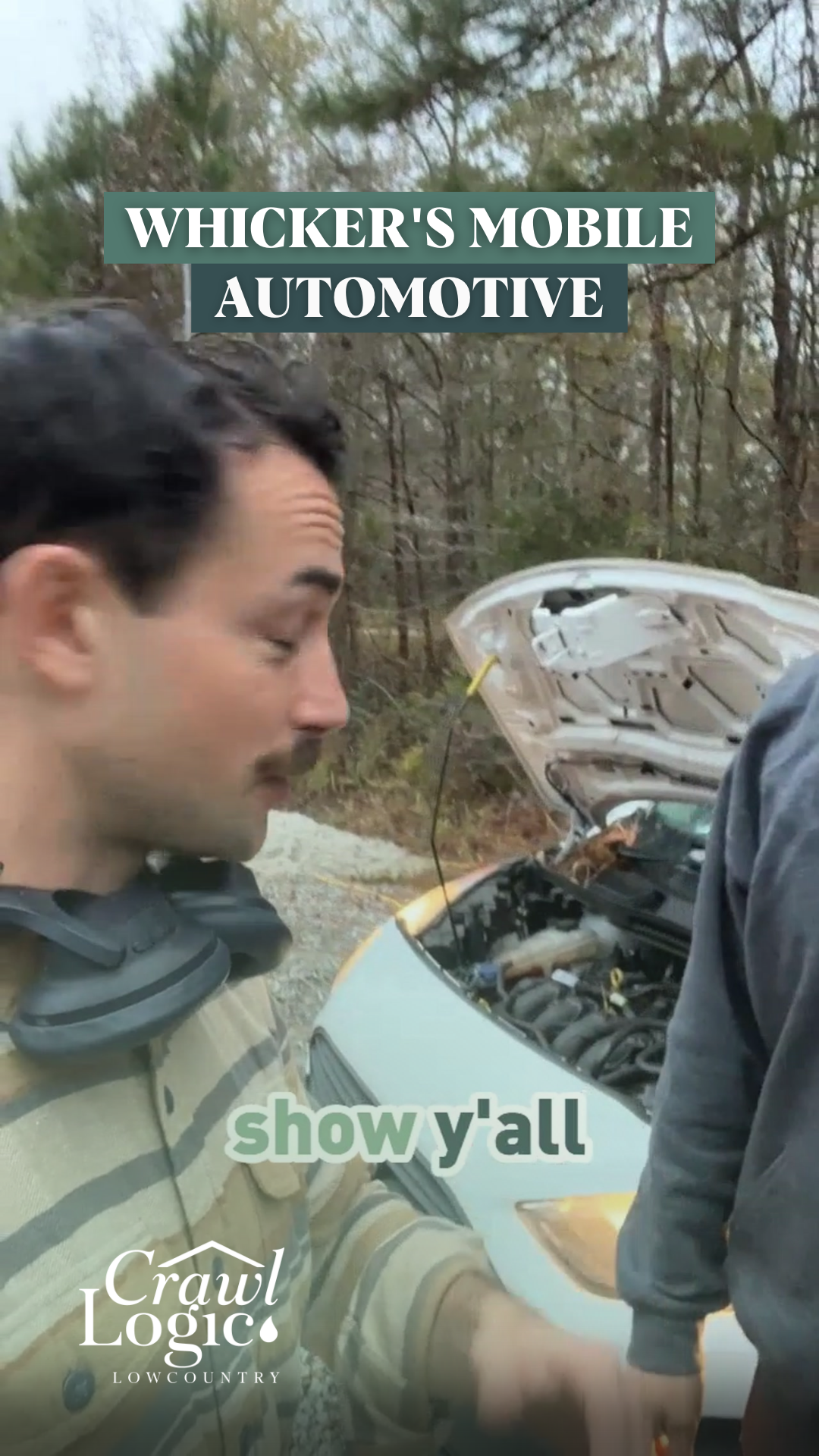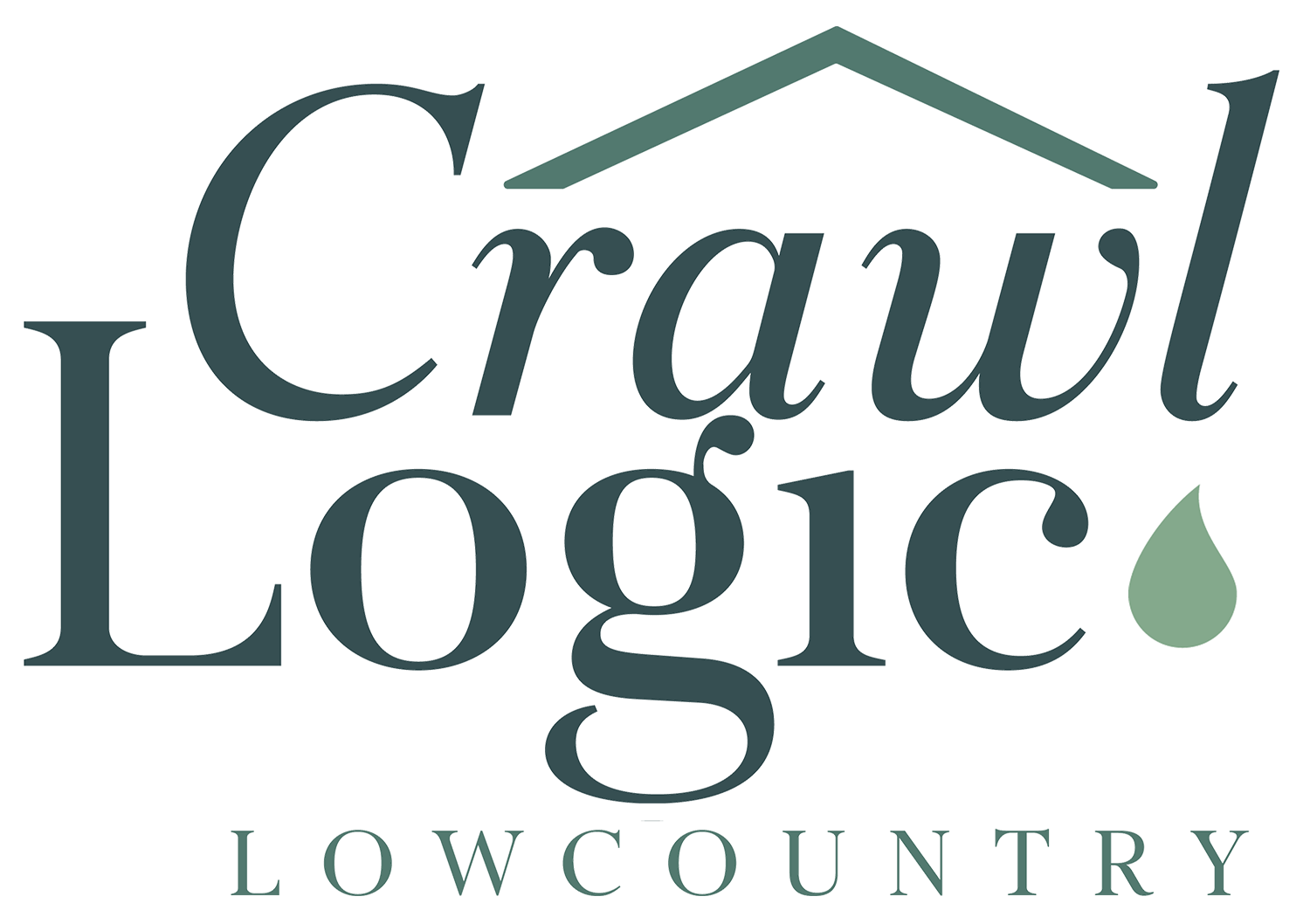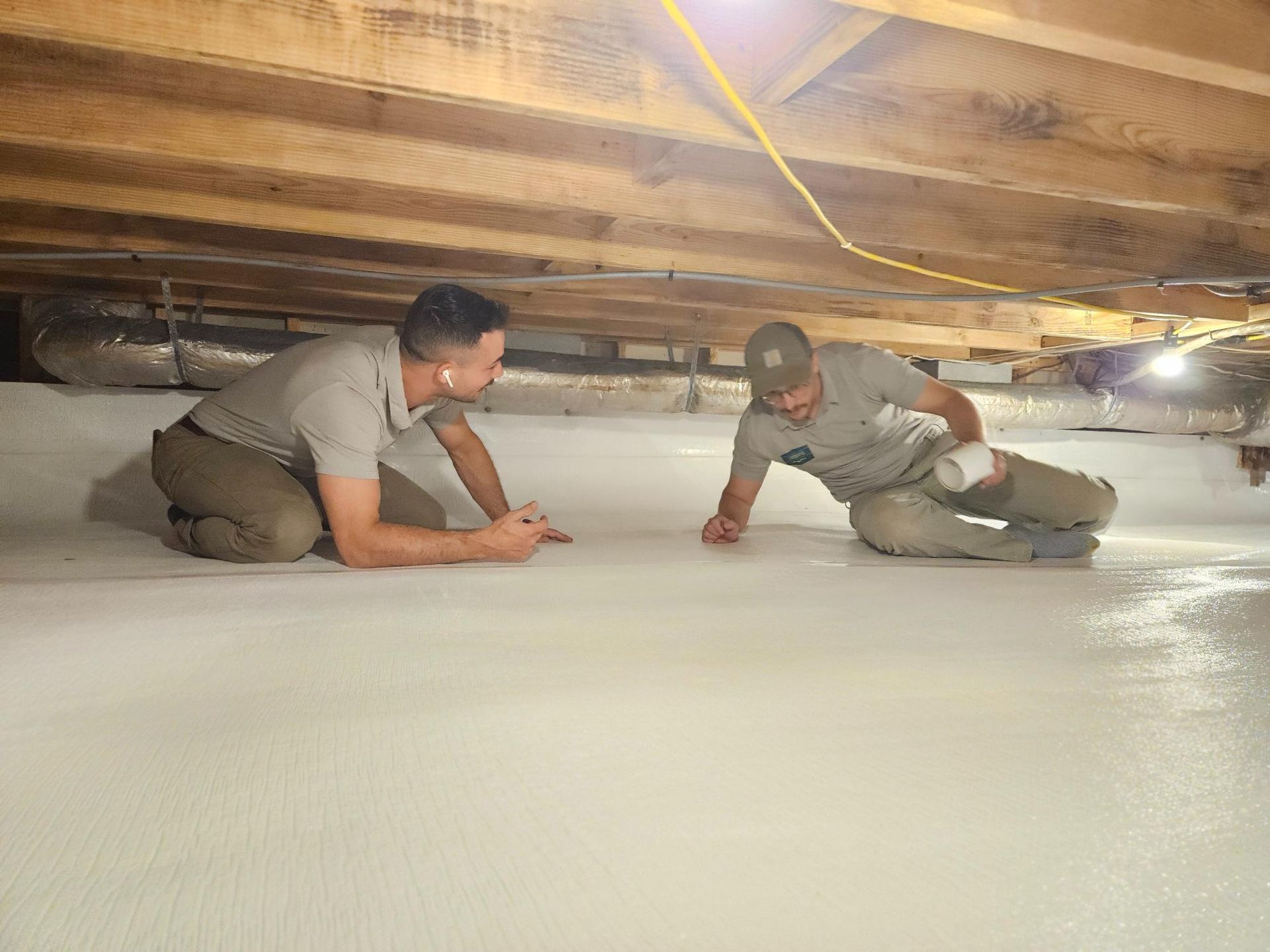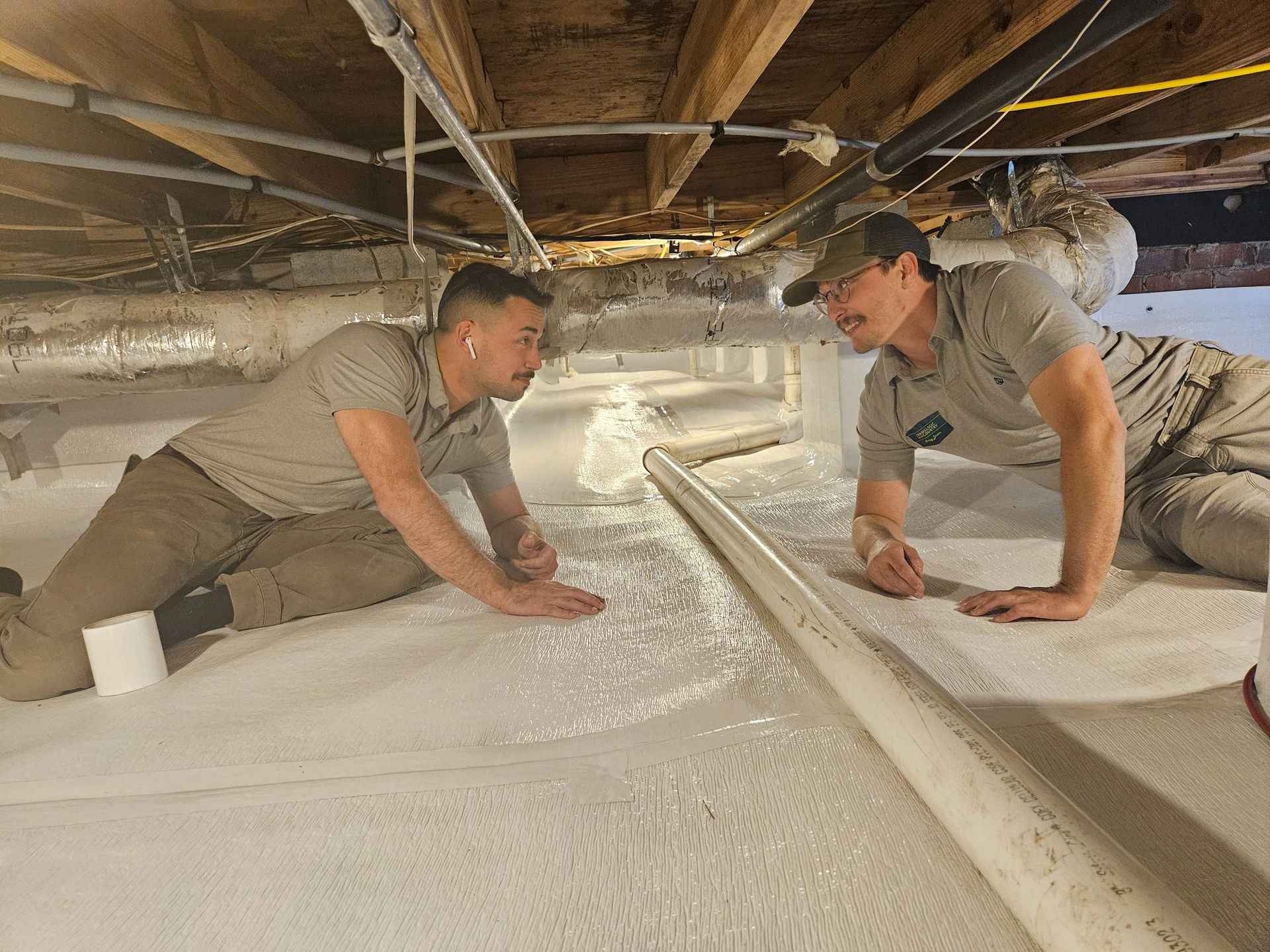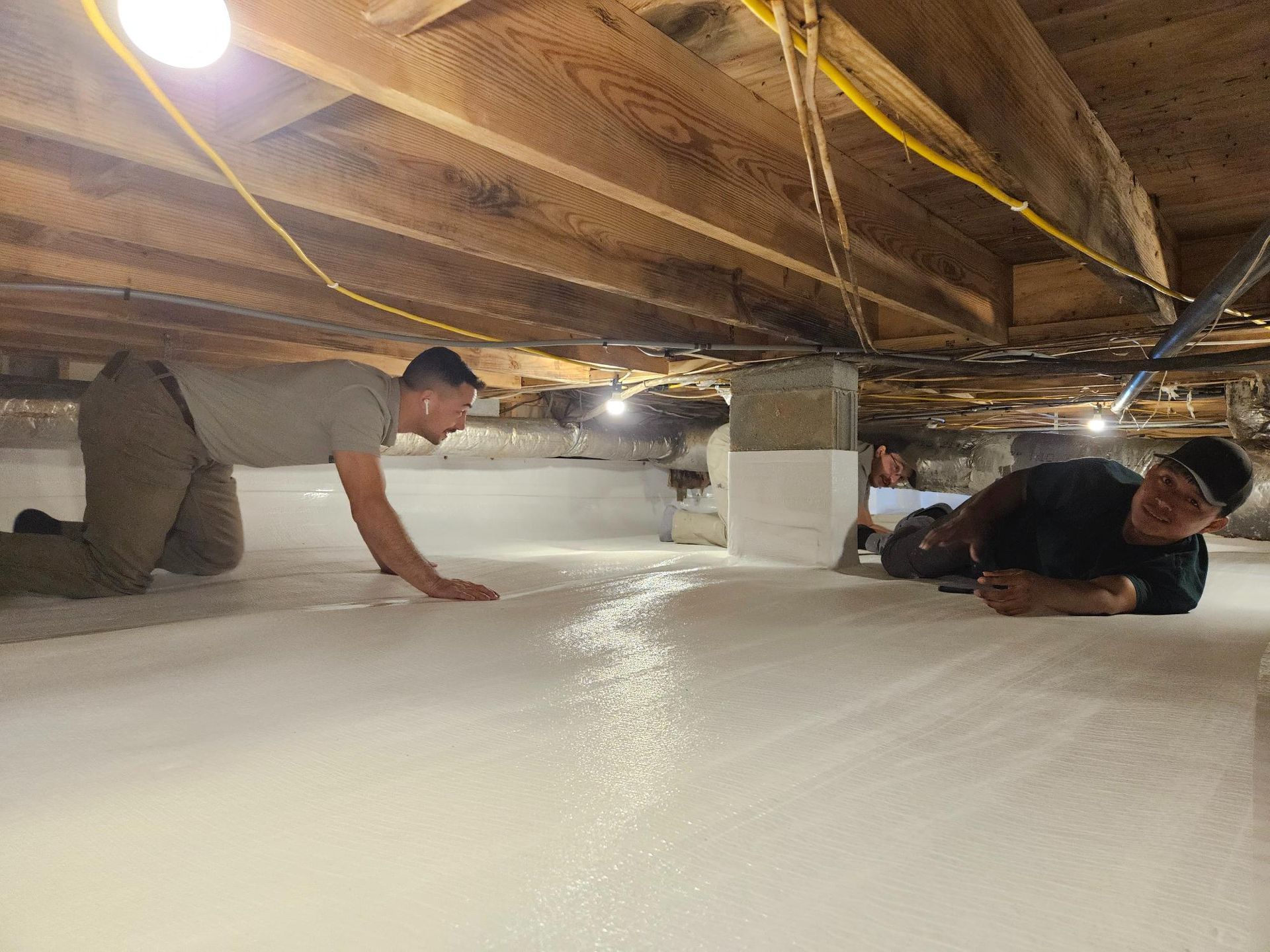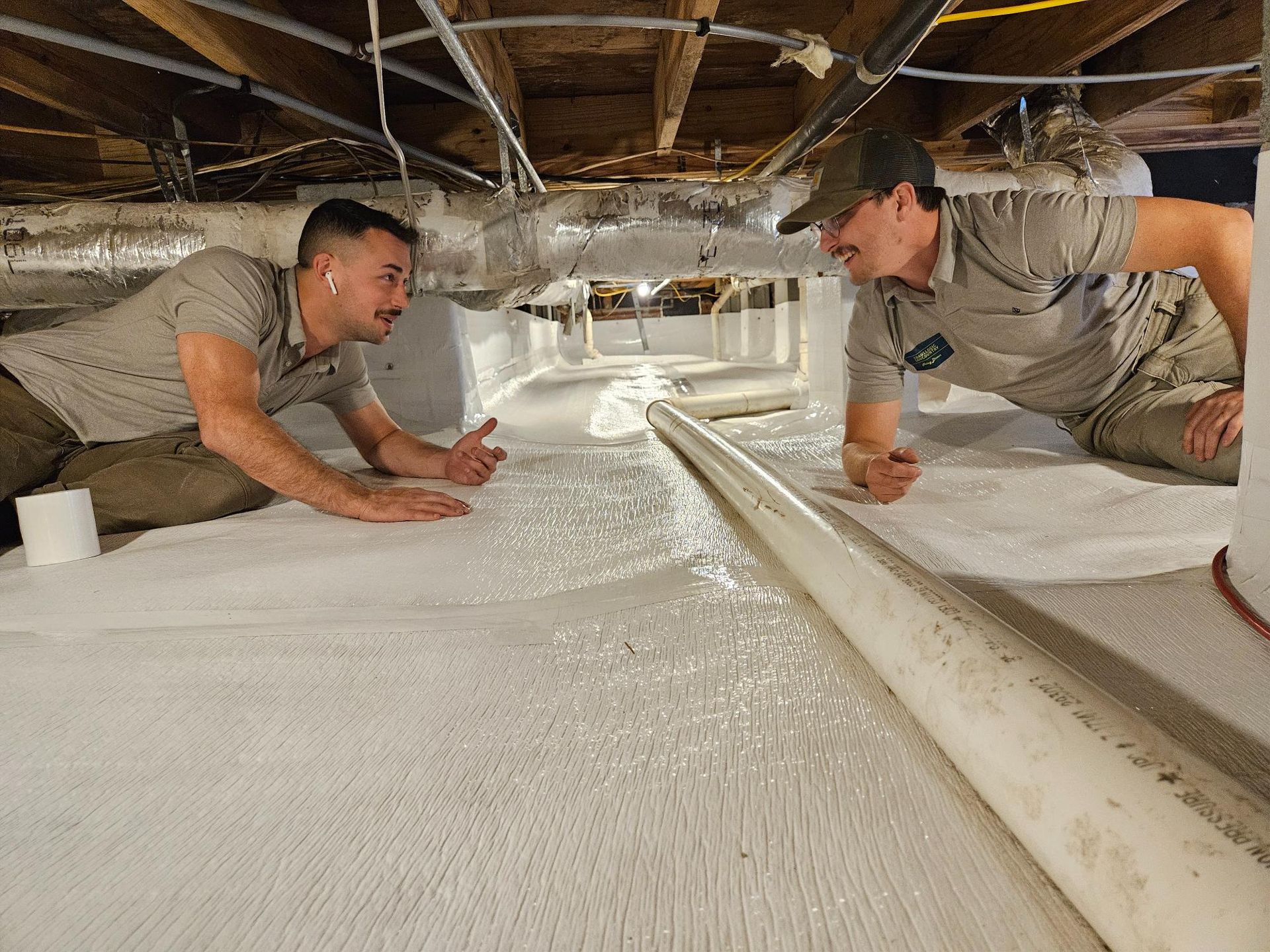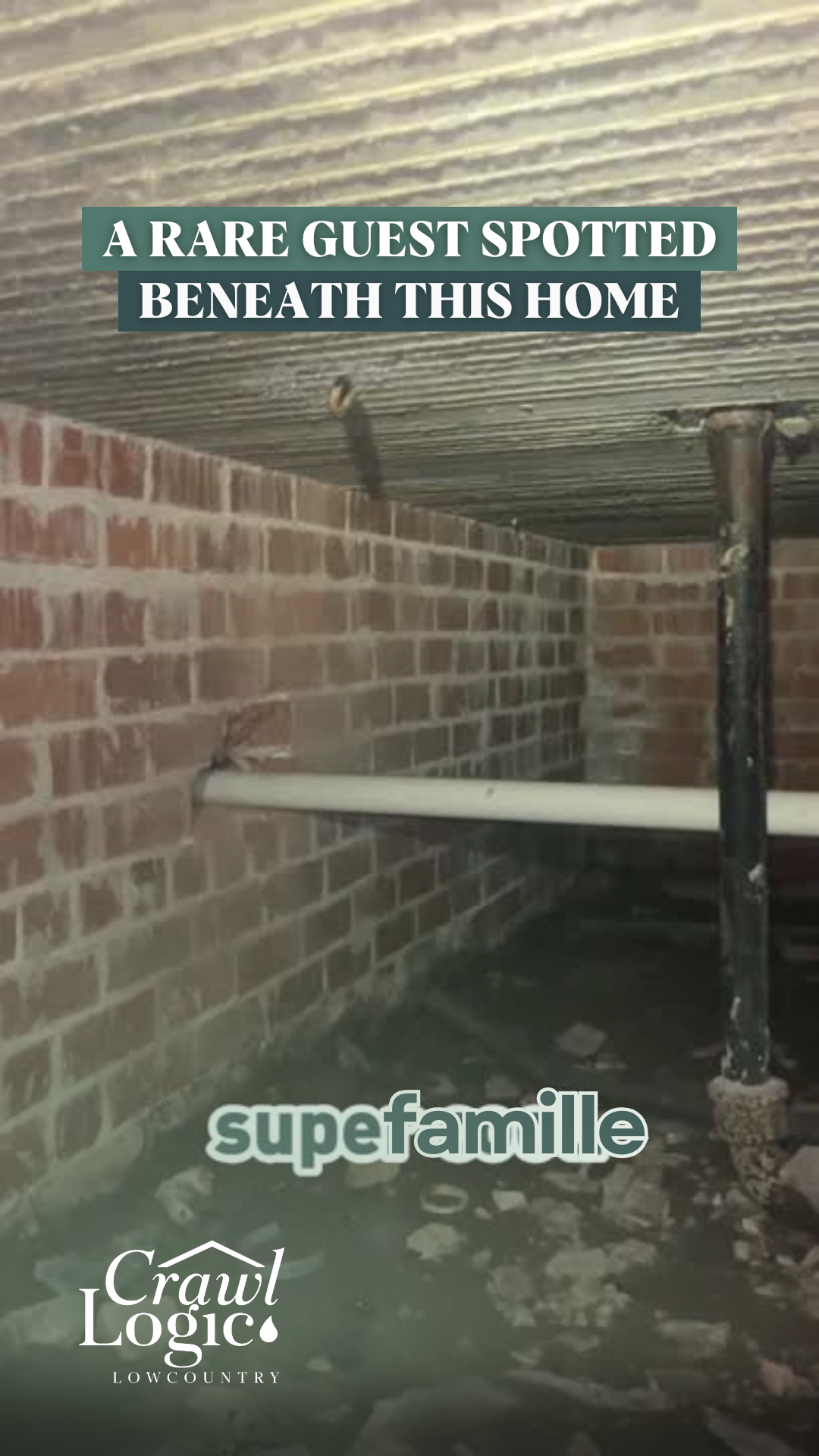The Hidden Reason Sump Pumps Alone Won't Protect Your Charleston Crawl Space
Crawl Logic Lowcountry
Why Prevention Beats Reaction in Crawl Space Protection
A $6,000 LESSON IN WATER MANAGEMENT
I was out in Mount Pleasant the other day when I got an email from a client down in Bluffton.
He'd gotten several quotes for his crawl space, and everyone was pushing sump pumps.
His question made sense: "Why are you recommending drain mat instead?"
Here's the thing - his crawl space didn't even show signs of heavy water flow.
No standing water, no soil rivulets, nothing that screamed "flooding problem."
But that's exactly why his question hit on something I've been trying to teach homeowners for years: sometimes the solution isn't what everyone else is selling.
Welcome to Crawl Logic Lowcountry!
The Sump Pump Problem
Let me tell you why sump pumps alone aren't the answer you think they are. First off, most people don't realize that a sump pump needs 6 to 8 inches of water before it even starts working. Think about that for a second. Your "solution" doesn't kick in until there's already half a foot of water under your house.
Even worse? By the time that pump kicks in, water has already flowed under your vapor barrier, attacking every tape seam along the way. I've seen this go wrong so many times, but the worst was a system that failed in just 8 days. Yes, you read that right - 8 days. These folks paid $6,000 more than our quote for what they thought was a better solution, only to watch it fall apart before their next grocery run.
In the Lowcountry, waiting for water to accumulate before dealing with it isn't just inefficient - it's asking for trouble. That's like waiting until your boat is half full of water before starting to bail. Sure, you're removing water, but the damage is already done.
Understanding Water Flow
Here's what most people miss about crawl space water: it's not always obvious. You might not see standing water or hear dripping, but that doesn't mean you're in the clear. Look for something called efflorescence - that's just a fancy word for salt deposits left behind when water evaporates. Think of it like a water stain on a glass table - it shows you where water's been, even if it's dry right now.
In your typical Lowcountry crawl space, you're dealing with constant small amounts of water rather than dramatic flooding. It's kind of like a leaky faucet versus a burst pipe. That steady drip might seem less urgent, but over time, it's quietly destroying your encapsulation system by weakening every tape seam it touches.
The Drain Mat Solution
This is where drain mat comes in smart. Instead of waiting for water to build up, we install drain mat that runs up the walls. Think of it like giving water its own highway system - it flows underneath your encapsulation, never touching those crucial tape seams. We overlap the wall curtain just right, then bring the poly barrier up high where water can't reach.
When we place tape seams on the ground, we make sure they're never lined up with the drain mat channels. It's all about directing water where we want it to go, not where it wants to go. This isn't just being picky - it's about making sure your crawl space system lasts for years, not days.
Real World Impact
Let's talk numbers. I mentioned that system that failed in 8 days - that homeowner paid $6,000 more than our quote for what ended up being an expensive puddle. But it's not just about initial cost. When a crawl space system fails, you're looking at replacing everything, plus dealing with any damage the water caused while it was failing.
In the Lowcountry, we deal with unique challenges. Our high water table, humid climate, and sandy soil mean we can't just copy solutions that might work fine up in Michigan or Arizona. We need systems designed specifically for our conditions. That's why proper installation isn't just about putting down materials - it's about understanding how water moves in our specific environment.
Making the Right Choice
Listen, I'm not here to tell you sump pumps are useless - they have their place. But relying on them alone in a Lowcountry crawl space is like bringing an umbrella to a hurricane. You need a complete solution that stops problems before they start.
Here's what to ask any contractor who's quoting your crawl space work:
How are you protecting the tape seams from water?
What happens when small amounts of water get in?
How long should the system last?
Can I see examples of your work from 3-5 years ago?
If they can't give you straight answers about these things, that's a red flag. And if they're pushing expensive solutions without explaining why you need them, that's an even bigger one.
The Bottom Line
Your crawl space isn't just some space under your house - it's the foundation of your home's health. Whether you're in Mount Pleasant, Bluffton, or anywhere in the Lowcountry, you need solutions designed for our specific challenges. Don't let anyone sell you on partial solutions that look good on paper but fail in practice.
Need someone to take a look at your crawl space? We'll tell you exactly what we find and why we recommend specific solutions. No sales tricks, no unnecessary add-ons - just honest assessments and proven solutions that work in our climate.
